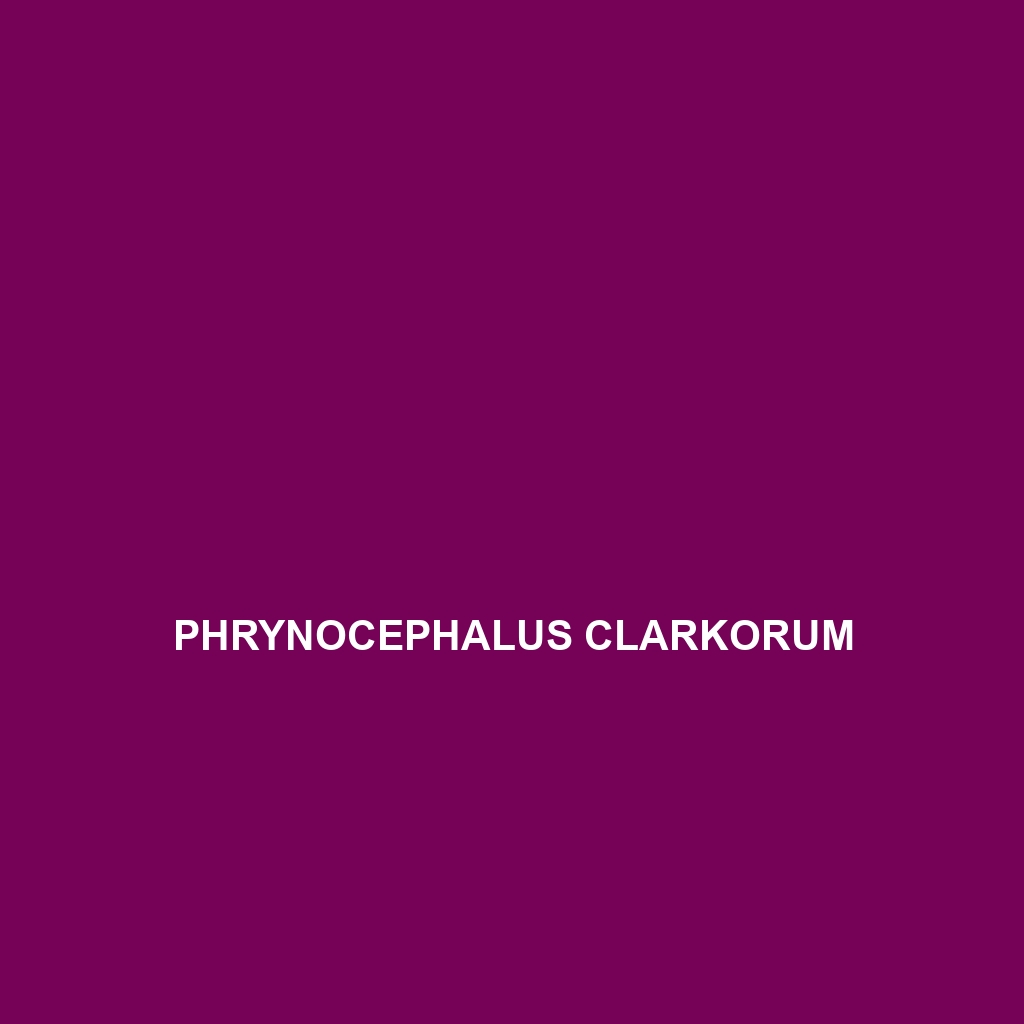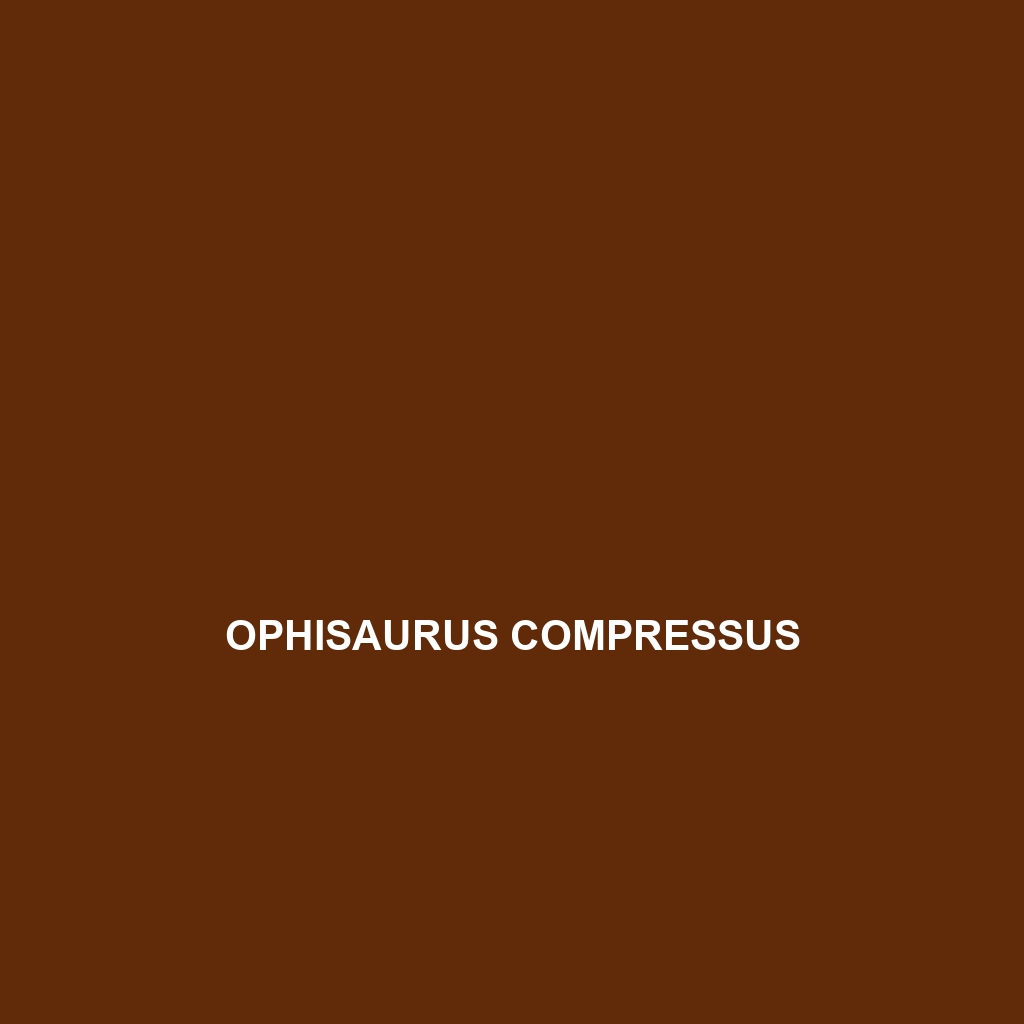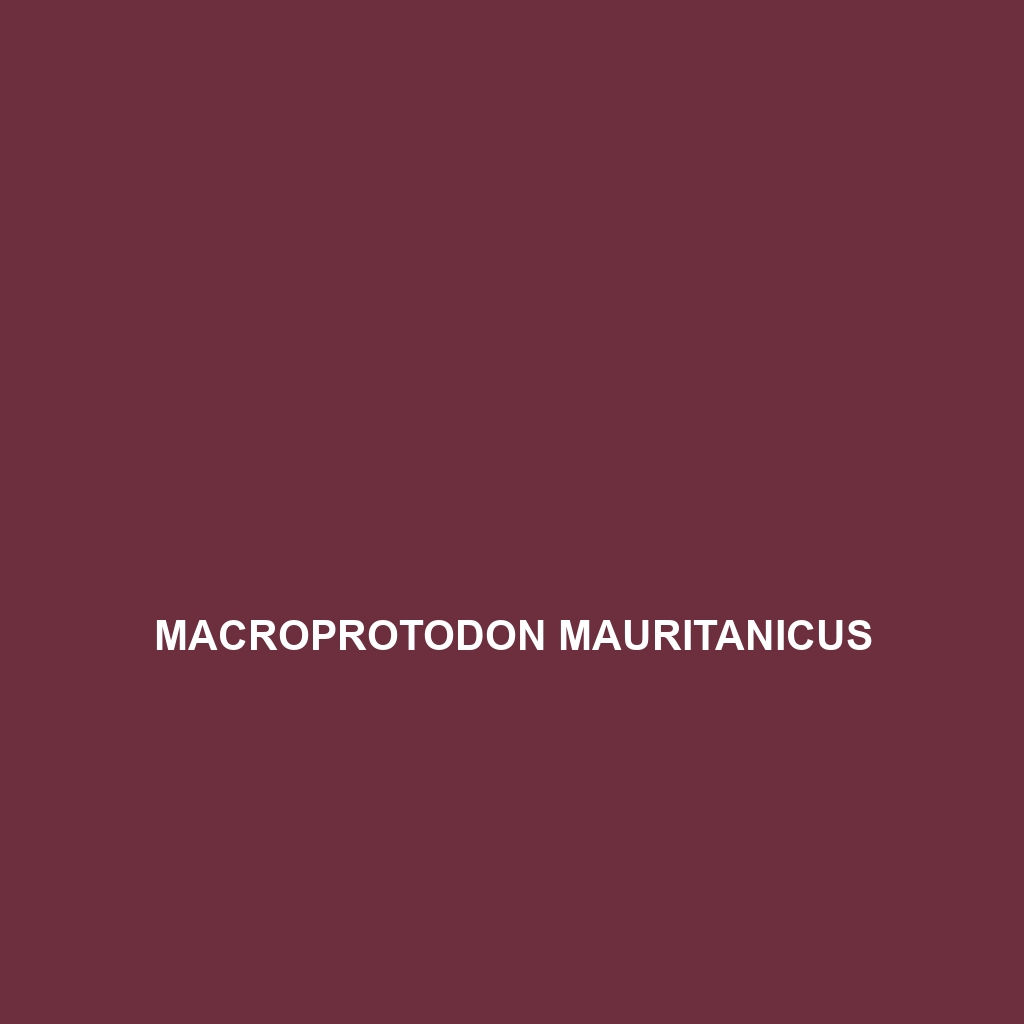Discover the remarkable Phrynocephalus saidalievi, a slender, insectivorous lizard native to the arid regions of Central Asia, known for its unique camouflage and burrowing behavior. Measuring up to 12 cm, this species thrives in rocky deserts and dry grasslands, playing a vital role in its ecosystem by controlling insect populations.
Tag: ecosystem role of lizards
Phrynocephalus euptilopus
<p>The <b>Toad-headed Agama (<i>Phrynocephalus euptilopus</i>)</b> is a unique lizard native to the arid regions of Central Asia, exhibiting a flattened body, broad head, and excellent camouflage that allows it to thrive in harsh environments. Known for its diurnal behavior and diet primarily consisting of insects, this resilient species plays a vital role in maintaining the ecological balance of its desert habitat.</p>
Phrynocephalus clarkorum
Introducing the remarkable Phrynocephalus clarkorum, a moderate-sized lizard native to the rocky desert landscapes of Central Asia. This diurnal insectivore exhibits unique camouflage abilities, fascinating behaviors, and plays a vital role in its ecosystem by controlling insect populations.
Pholidoscelis plei
<b>Pholidoscelis plei</b>, a medium-sized omnivorous lizard native to the Caribbean, thrives in diverse habitats such as tropical rainforests and sandy pine forests. Known for its vibrant coloration and adaptability, it plays a vital role in its ecosystem as both a predator and prey, contributing to insect population control and seed dispersal.
Pedioplanis inornata
<b>Pedioplanis inornata</b>, commonly known as the Common Sand Lizard, is a medium-sized insectivore native to Southern Africa's warm, arid climates, featuring a slender body up to 15 cm long with sandy coloration for effective camouflage. It plays a vital role in its ecosystem by controlling insect populations and serving as prey for larger predators.
Paralaudakia badakhshana
<h2>Short Description</h2> <p>Discover the <b>Paralaudakia badakhshana</b>, or Badakhshan lizard, a medium-sized, insectivorous lizard native to the rocky terrains of central Asia, featuring unique thermoregulation behaviors and serving as a key player in its ecosystem.</p>
Ophisaurus ceroni
Discover the Ceron's Glass Lizard (<i>Ophisaurus ceroni</i>), a fascinating, limb-less reptile native to the eastern U.S. known for its elongated body, shiny scales, and vital role in controlling insect populations in temperate forests and savannas. With a diet mainly consisting of insects and a distinctive, glass-like appearance, this unique species thrives in sunny, sandy habitats.
Meroles squamulosus
<p>The <b>Meroles squamulosus</b>, commonly known as the <b>Scaly Ground Lizard</b>, is a diurnal species native to the semi-arid regions of southern Africa, featuring an elongated body that reaches lengths of 15 to 20 centimeters and a variable coloration of earthy tones. This insectivorous lizard plays a crucial role in its ecosystem by controlling insect populations and serving as prey for larger animals.</p>
Macroprotodon mauritanicus
<div class="woocommerce-product-details__short-description"> <p>The <b>Macroprotodon mauritanicus</b>, or Mauritanian worm lizard, is a slender, nocturnal species native to arid regions of North Africa, known for its ability to burrow in sandy soil and its diet consisting primarily of insects. This fascinating lizard plays a vital role in its ecosystem by controlling insect populations and serving as prey for larger animals.</p> </div>
Loxopholis ioanna
Discover the vibrant Loxopholis ioanna, a striking lizard that thrives in the lush rainforests of South America, characterized by its elongated body, vibrant green coloration, and nocturnal behavior. As an insectivore, it plays a crucial role in maintaining ecological balance while showcasing unique mating rituals and impressive adaptability within its habitat.









